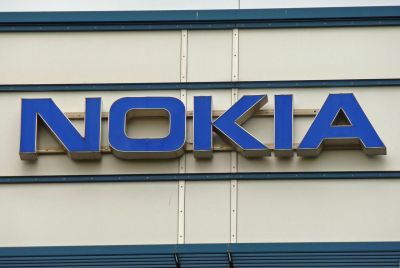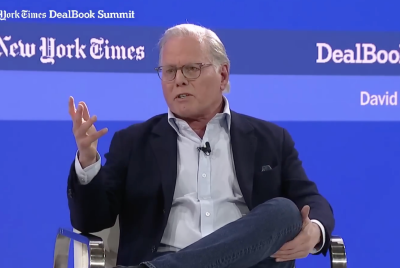Microsoft Reshapes Leadership as LinkedIn's Roslansky Takes Helm of Office Division Amid AI Push
Executive reshuffle signals Microsoft's next big AI integration across its productivity suite

In a strategic move underscoring its commitment to artificial intelligence (AI), Microsoft has appointed LinkedIn CEO Ryan Roslansky to oversee its Office division, encompassing flagship products such as Word, Excel, PowerPoint, Outlook, and the Microsoft 365 Copilot suite. This leadership reshuffle aims to unify Microsoft's productivity tools under a cohesive AI-driven vision.
Roslansky's Expanded Role
Roslansky will retain his role as LinkedIn CEO while assuming the position of Executive Vice- President for Office. He will report to Rajesh Jha, Microsoft's head of experiences and devices. This consolidation reflects Microsoft's strategy to integrate AI capabilities across its product offerings, enhancing user experiences and productivity.
The reorganisation also sees Charles Lamanna, head of Microsoft's business and industry Copilot (BIC) team, reporting to Jha. Lili Cheng has been appointed Chief Technology Officer of the BIC team, and Dan Lewis will lead Copilot Studio. These changes aim to streamline Microsoft's AI initiatives, ensuring cohesive development and deployment across various sectors.
Strategic Alignment with AI Vision
Roslansky's expanded role aligns with his previous statements on AI's transformative impact on the workforce. He has emphasised the need for continuous learning and adaptability in the face of rapidly evolving job requirements. Under his leadership, LinkedIn has introduced AI-driven features like collaborative articles, blending machine-generated drafts with expert human insights to provide comprehensive professional guidance.
Microsoft's broader AI ambitions are further evidenced by its recent establishment of a dedicated AI office in London, led by Mustafa Suleyman, co-founder of DeepMind. This initiative aims to tap into the UK's rich pool of AI talent and reinforce Microsoft's position at the forefront of AI research and development.
Bridging Professional Networks and Productivity Platforms
By placing Roslansky at the helm of both LinkedIn and Microsoft Office, the company may be signalling a deeper integration between professional networking and productivity ecosystems.
With LinkedIn now home to over 1 billion members globally, and Office 365 used by more than 345 million paid users each month, the opportunity to align insights, workflows and personalised AI tools across these platforms is immense.
Industry observers speculate that Microsoft could leverage data from LinkedIn to further refine its AI offerings in Office, tailoring Copilot responses based on job roles, industry benchmarks, and user-specific goals. While no such features have been formally announced, the alignment between networking and productivity software underscores Microsoft's push toward building more contextual and intelligent workplace tools.
Implications for Microsoft's AI Strategy
As Microsoft continues to integrate AI across its platforms, Roslansky's dual leadership roles are poised to drive innovation and ensure that both LinkedIn and Office products evolve to meet the demands of an AI-centric future. This strategic alignment is expected to enhance the synergy between Microsoft's productivity tools and its AI capabilities, offering users more intelligent and efficient solutions.
The leadership changes also reflect Microsoft's commitment to fostering a cohesive AI strategy across its various divisions. By consolidating leadership and streamlining AI initiatives, Microsoft aims to accelerate the development and deployment of AI-powered features, maintaining its competitive edge in the rapidly evolving tech landscape.
© Copyright IBTimes 2025. All rights reserved.





















